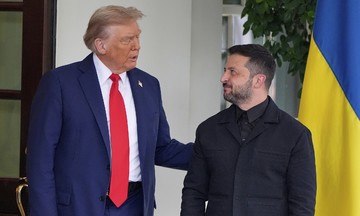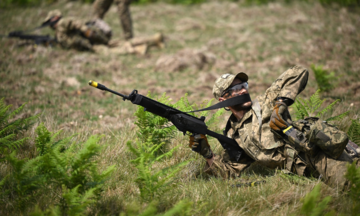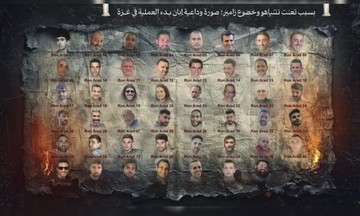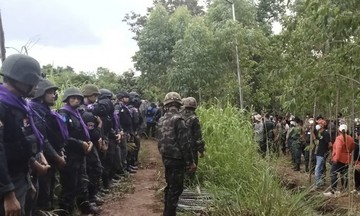Polish officials reported that at least 19 suspected Russian unmanned aerial vehicles (UAVs) entered Polish airspace early on 9/10. The Polish military and NATO units shot down at least 4 UAVs, while the others crashed after running out of fuel.
Poland and several European countries believe this was a deliberate act by Russia to test NATO's response capabilities.
However, on 19/9, CNN, citing over 10 senior diplomatic, intelligence, and defense officials in the US and allied countries, acknowledged that there's disagreement within NATO about the nature of the incident. "It's 50-50 whether Russia intentionally sent the UAVs into NATO airspace," a senior US defense official stated.
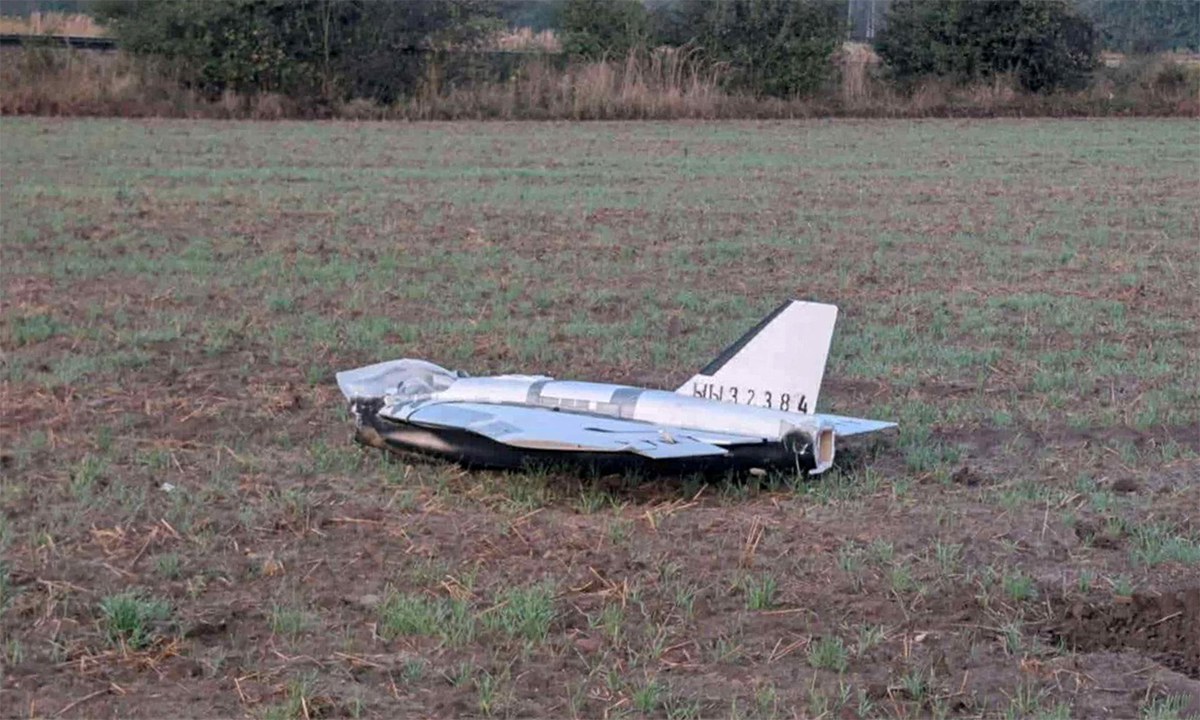 |
A UAV crashed in a field near the village of Czosnowka, Poland, on 9/10. Photo: Reuters |
A UAV crashed in a field near the village of Czosnowka, Poland, on 9/10. Photo: Reuters
Military experts believe that reaching a high-confidence conclusion is nearly impossible without specific information from Russia, which is notoriously difficult for Western intelligence agencies to obtain. This puts NATO in a challenging position regarding how to respond to this unprecedented event.
"We haven't been able to gather enough intelligence by any means," said a US official familiar with the situation.
Some Western intelligence officials suggest the UAVs' flight paths indicate they were jammed by Ukraine and went off course, rather than being directly aimed at Poland. Others, however, believe there are signs of deliberate action by Moscow.
"Most of the intruding UAVs were decoys without warheads, implying Russia's intent was to probe Poland's air defenses without causing casualties," some officials noted.
However, Russia frequently deploys large numbers of Gerbera decoy UAVs to overwhelm Ukrainian air defenses during large-scale attacks. This raises the possibility that the decoy UAVs entering Polish airspace was unintentional.
Western officials emphasized that the number of UAVs that entered Polish airspace doesn't necessarily indicate intent. "They're often programmed en masse with the same combat parameters. In a large-scale attack involving hundreds of aircraft, it's not unusual for 19 or 20 decoys to be disrupted by Ukrainian electronic warfare," one official explained.
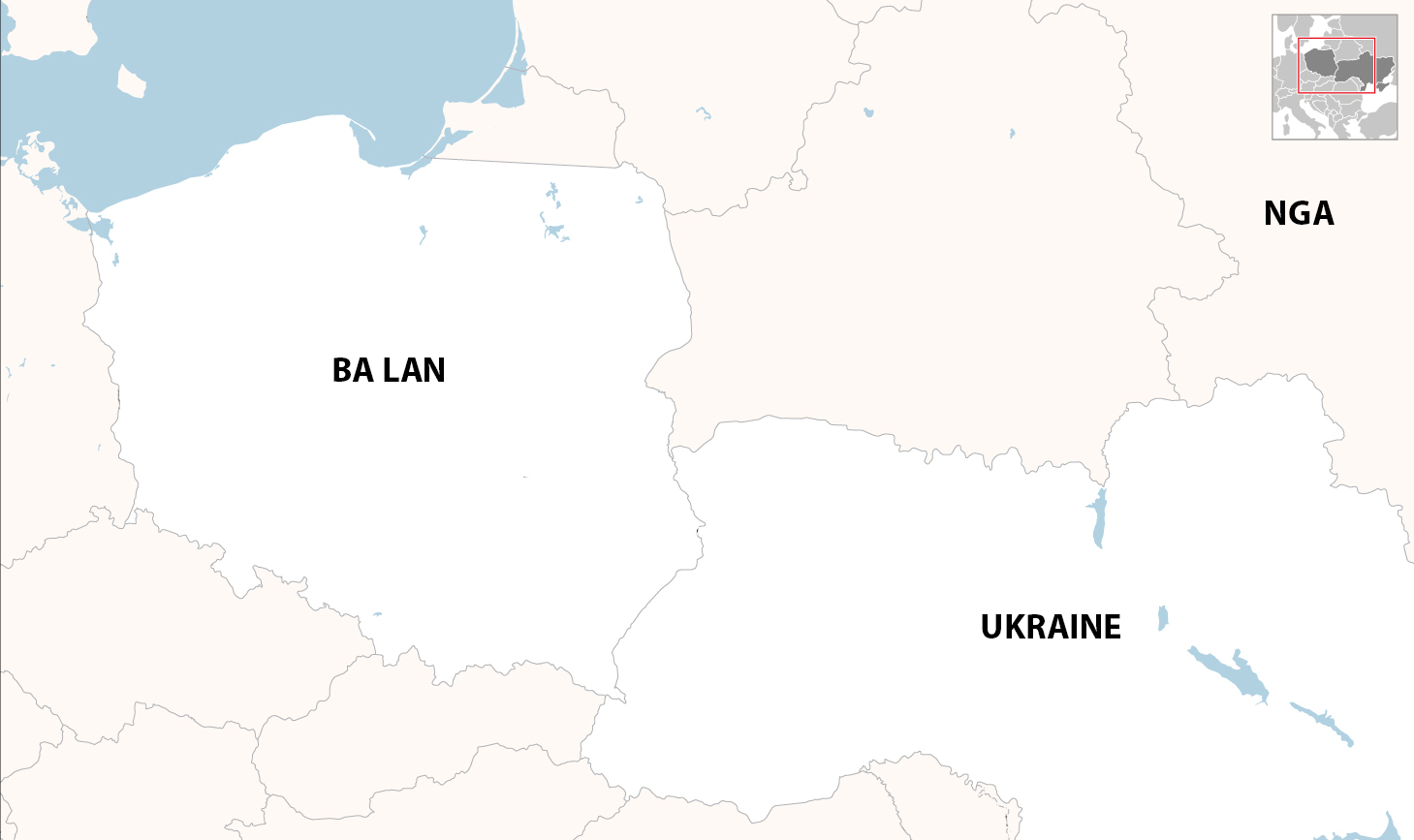 |
Locations of Poland, Russia, and Ukraine. Graphic: FT |
Locations of Poland, Russia, and Ukraine. Graphic: FT
A senior Western official said intelligence agencies are leaning toward the conclusion that the UAV incursion into Poland was accidental. A source close to US intelligence echoed this view.
However, a US defense official and a congressional official said there's information suggesting it was intentional. "This operation could have been a probe of Western air defenses to assess reaction time, understand NATO's response, map arms routes into Ukraine, and identify future targets," one said.
Ukrainian officials confirmed they deployed jamming systems to counter the Russian attack, potentially causing the UAVs to deviate from their intended course. A senior Ukrainian official stated they had "never witnessed such a large number of UAVs veering off course" during the conflict.
Ukrainian officials initially hoped the incident would prompt a strong response and increased military aid from Western allies. However, they now worry that military supplies, particularly air defense weapons and missiles, will be diverted to NATO members bordering Ukraine.
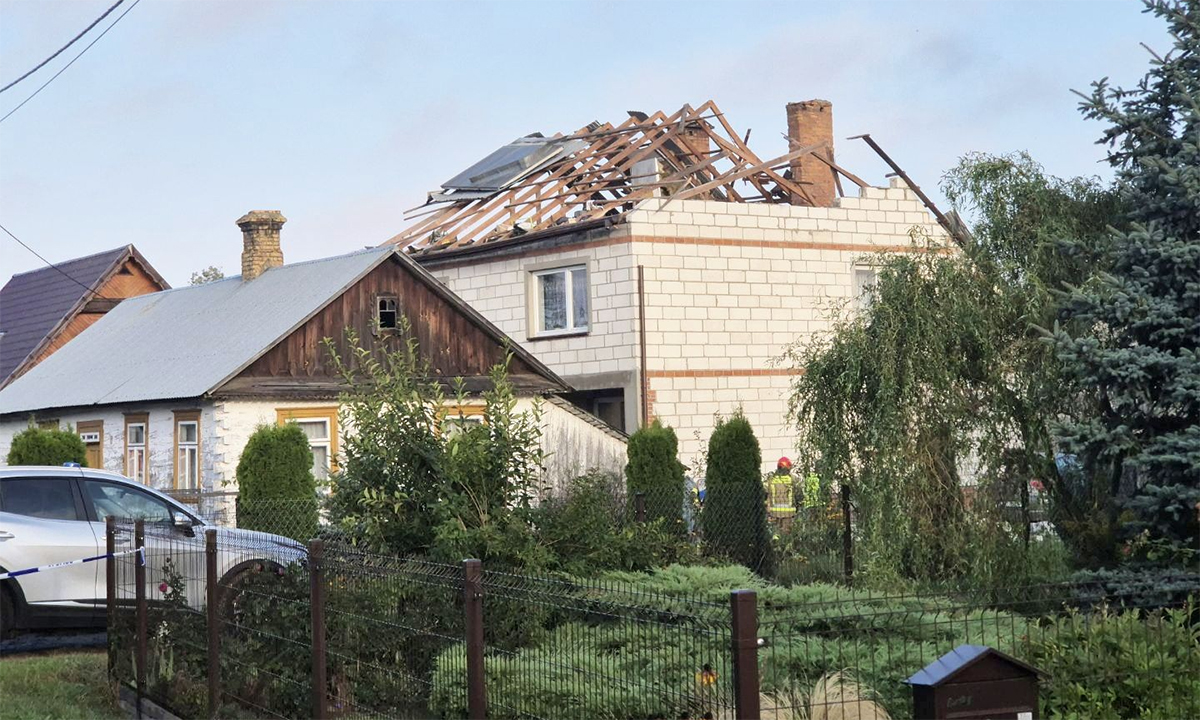 |
A house damaged by an AIM-120C-7 missile launched from a Polish F-16 fighter jet on 9/10. Photo: East News |
A house damaged by an AIM-120C-7 missile launched from a Polish F-16 fighter jet on 9/10. Photo: East News
Samuel Bendett, an expert on Russian military technology, pointed out that Geran-2 suicide UAVs are typically equipped with jam-resistant, even immune, navigation systems against Ukrainian electronic warfare measures. Meanwhile, the decoy UAVs that entered Poland only had inexpensive GPS and sensors, lacking jam resistance.
Polish officials said Belarus, Russia's neighboring ally, also issued warnings about errant UAVs heading toward its territory.
Following the 9/10 incident, the Russian military stated it only targeted sites within Ukraine and had no intention of striking Polish territory. Moscow affirmed its willingness to consult with Warsaw on the issue.
"These factors suggest the UAV incursion into Poland was unintentional. If the Russian military had done it deliberately, they wouldn't be discussing it," a senior Western intelligence official said.
Nguyen Tien (CNN, AFP, AP)





